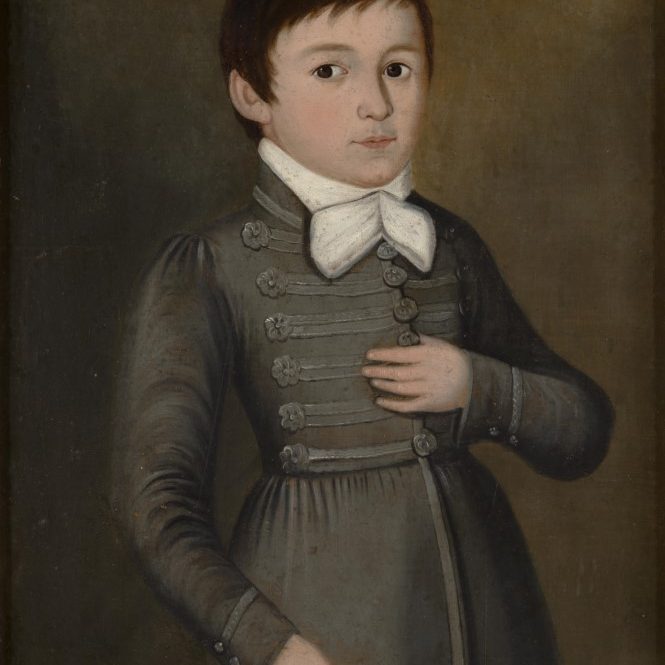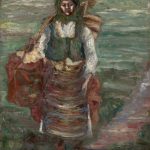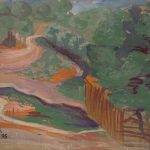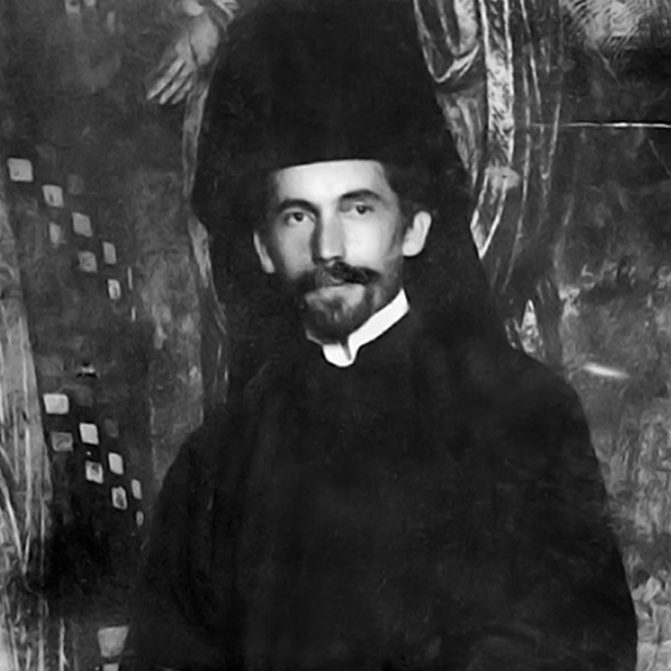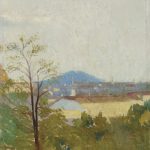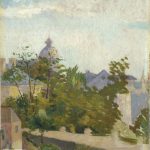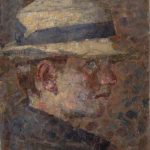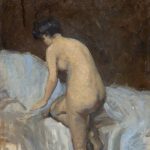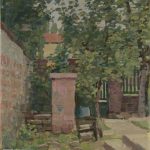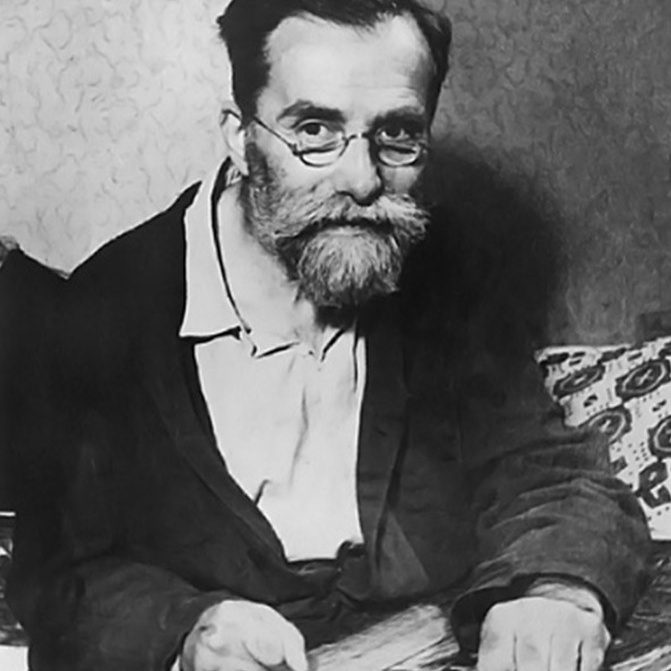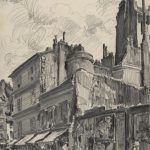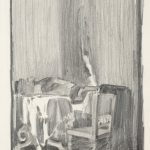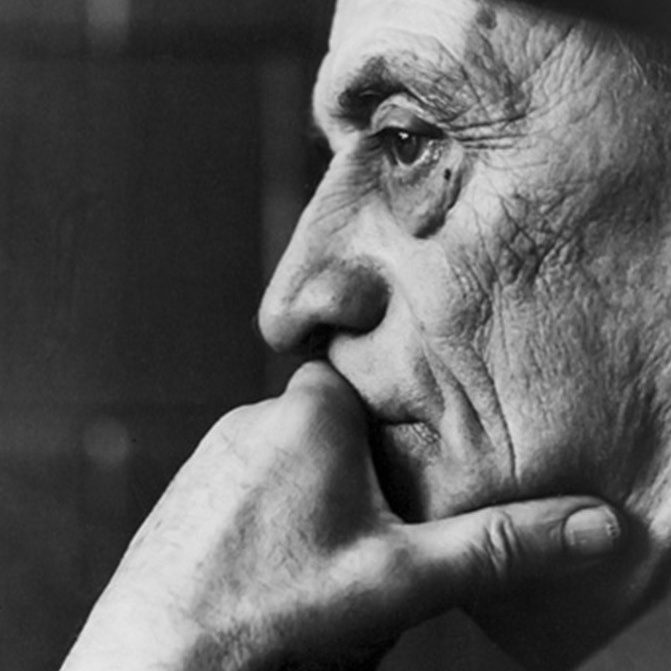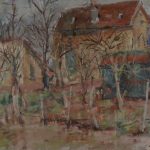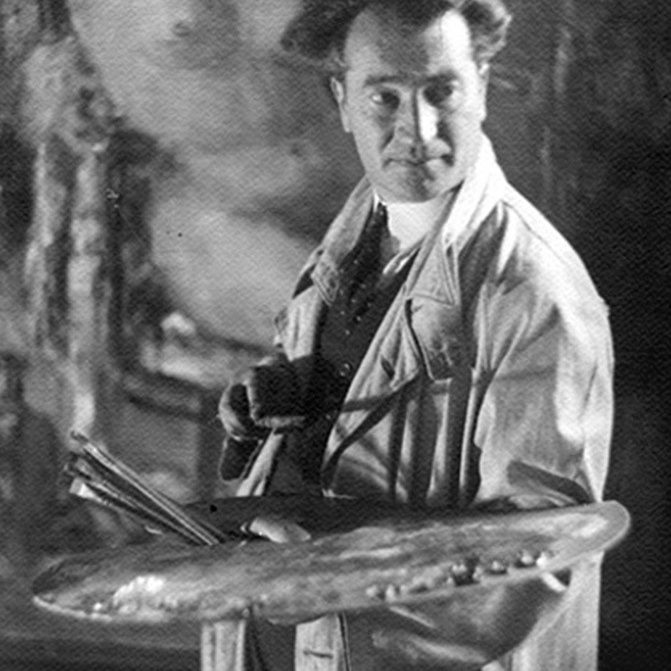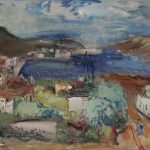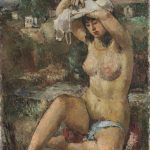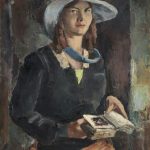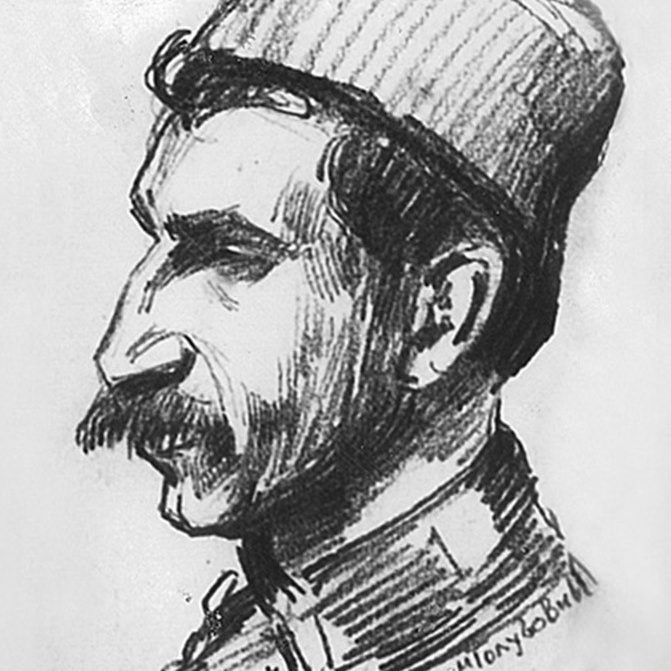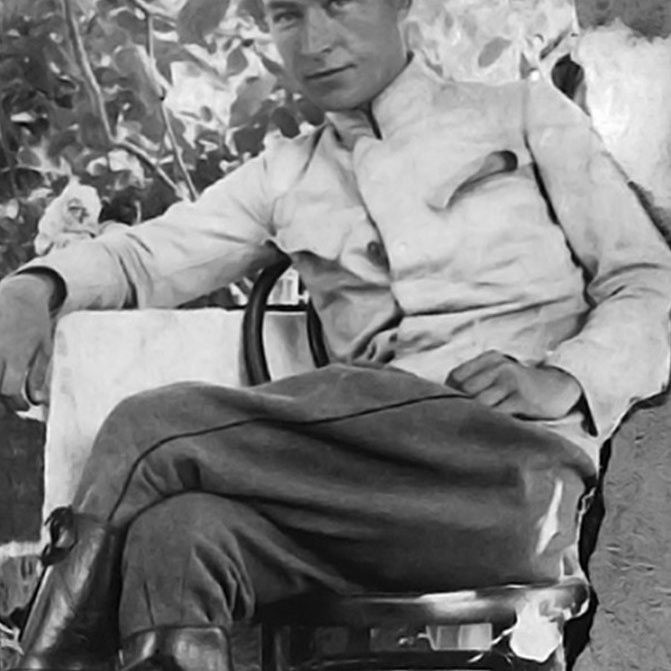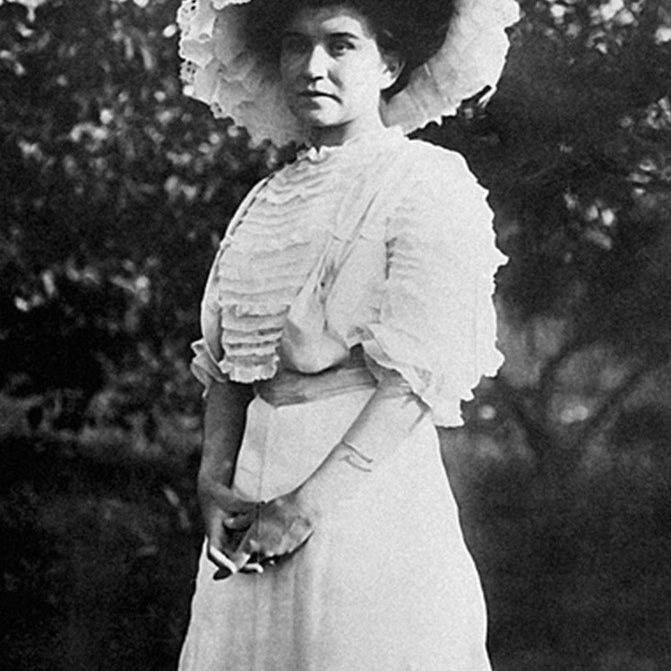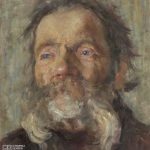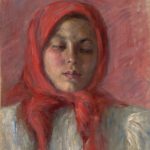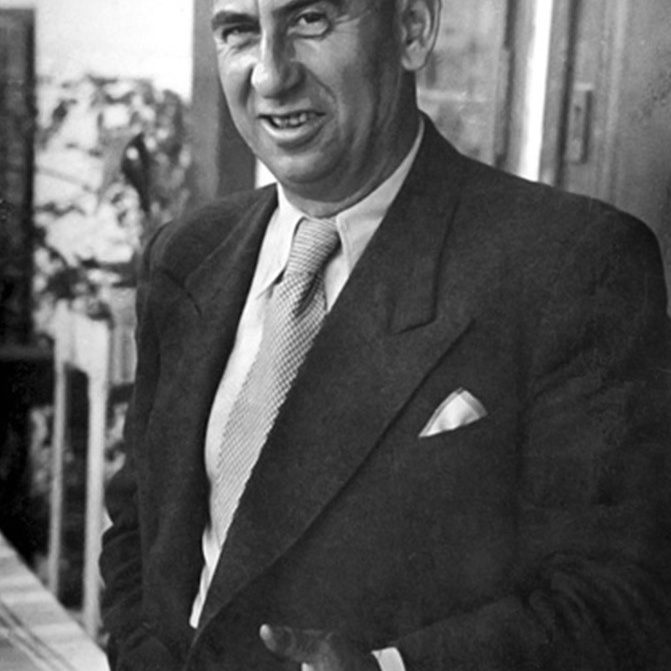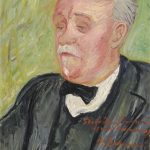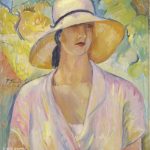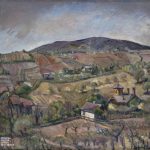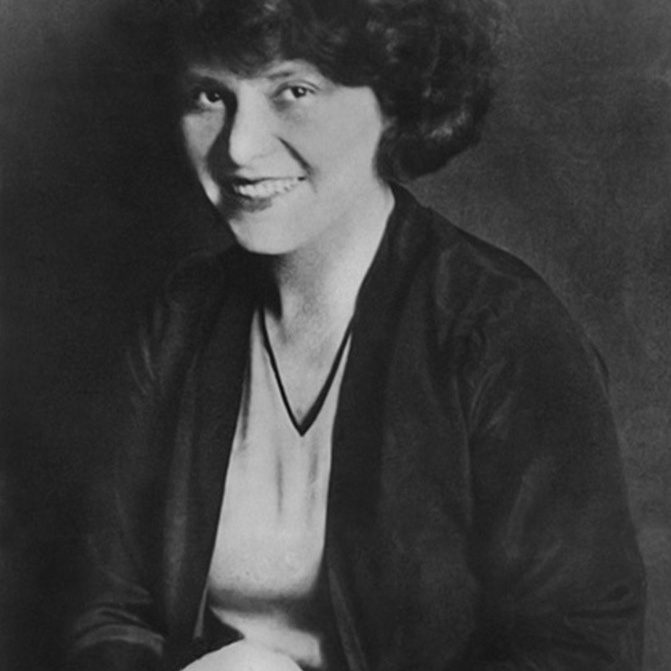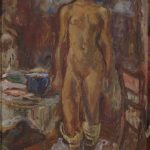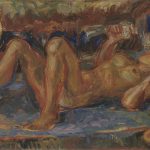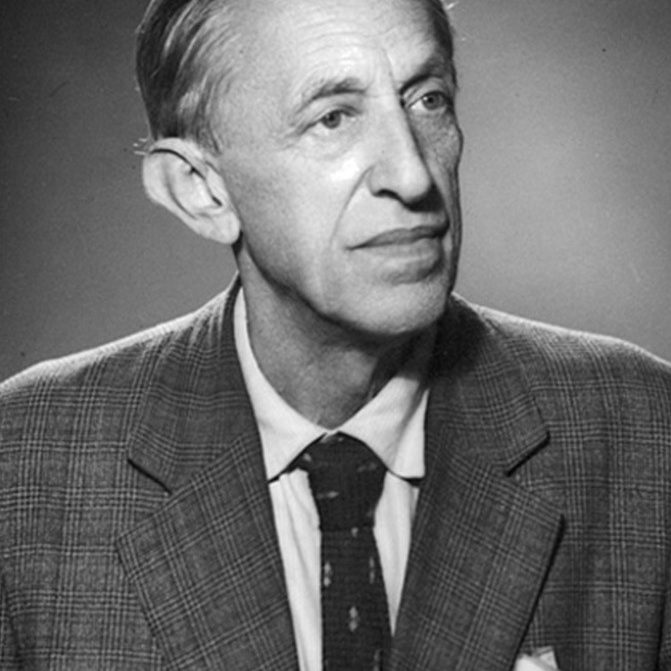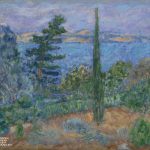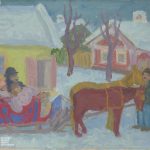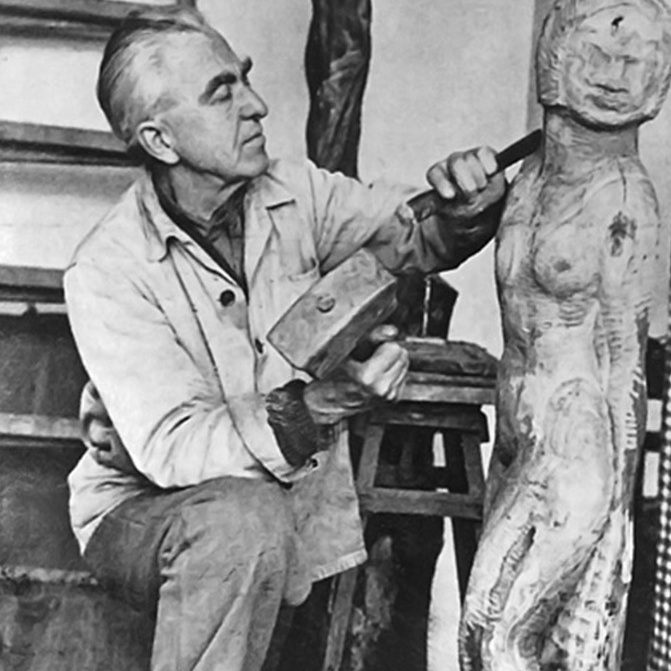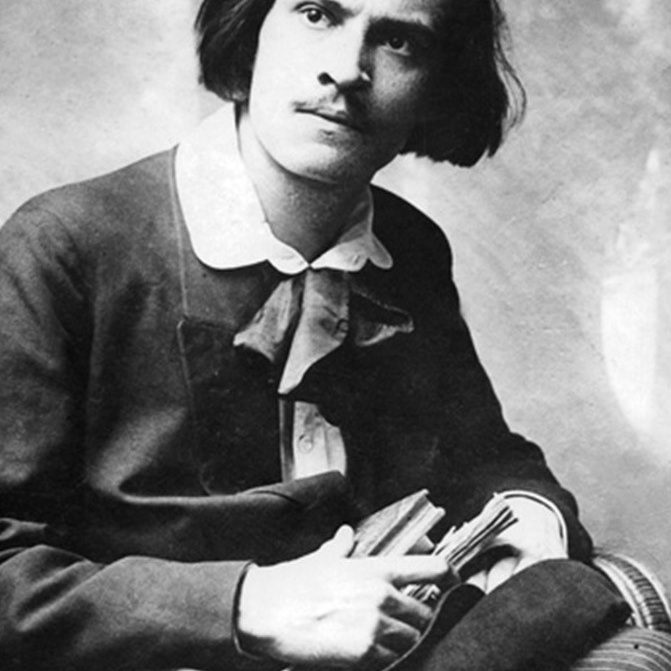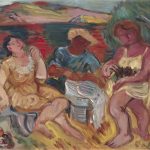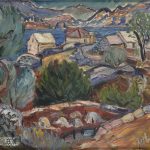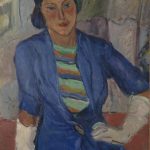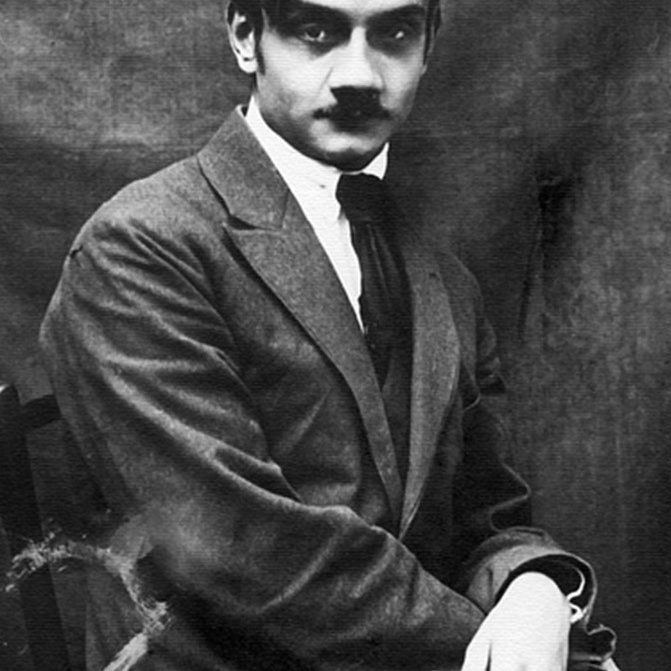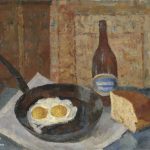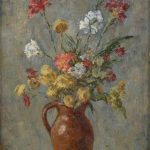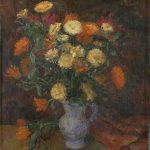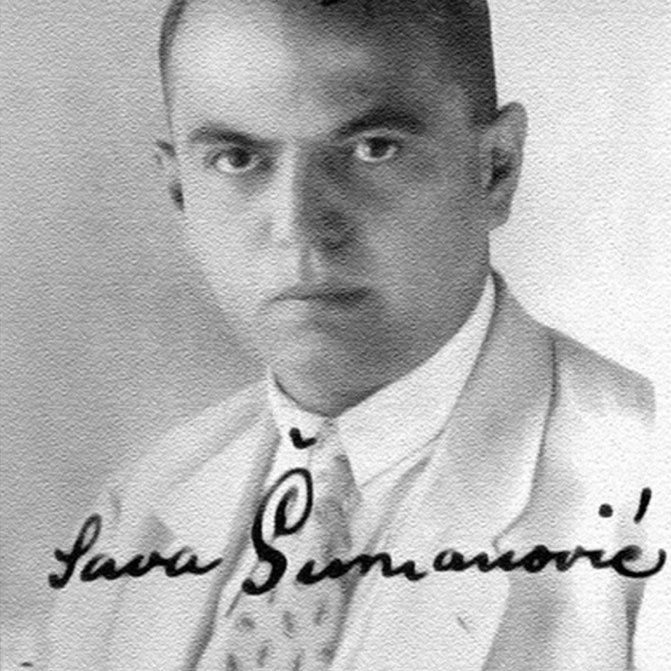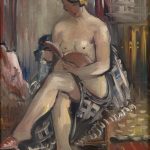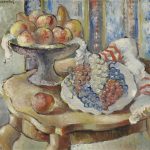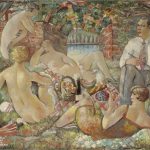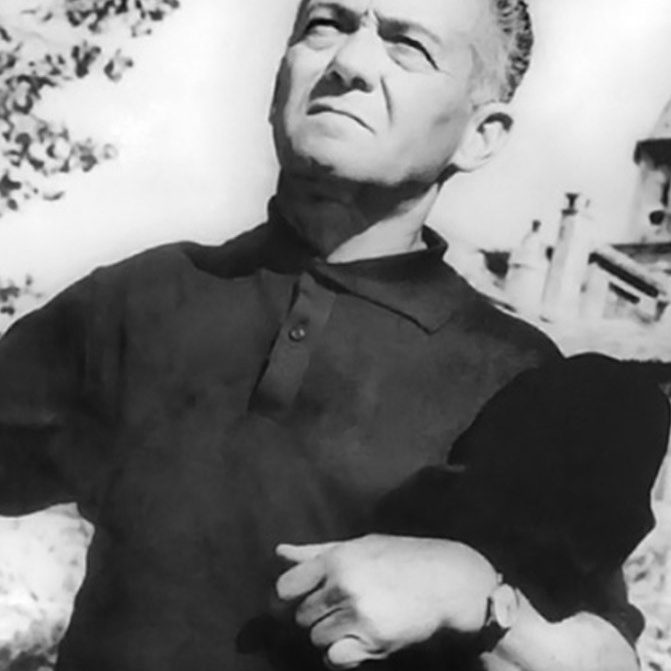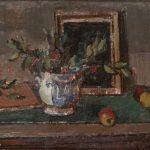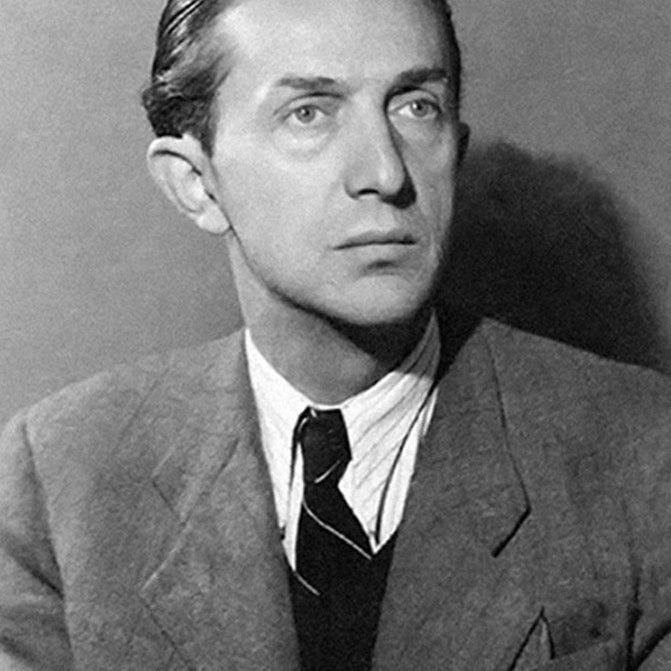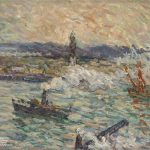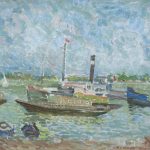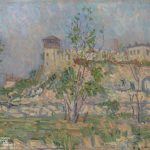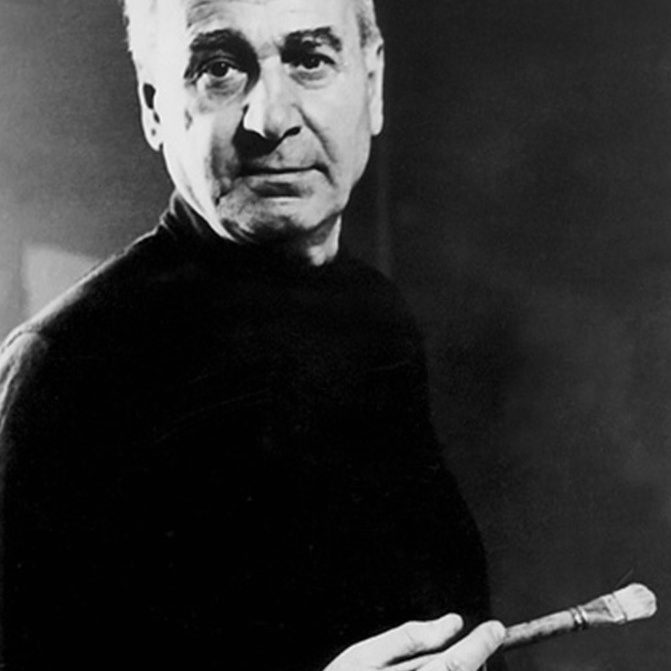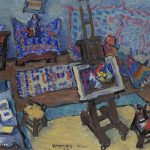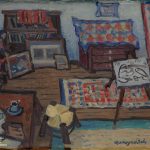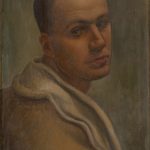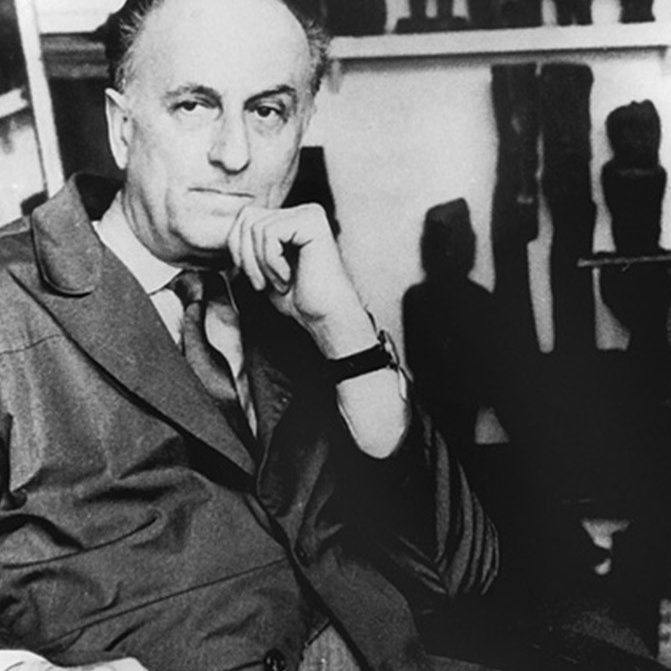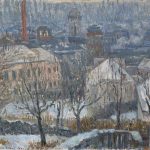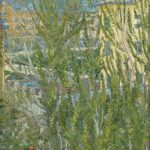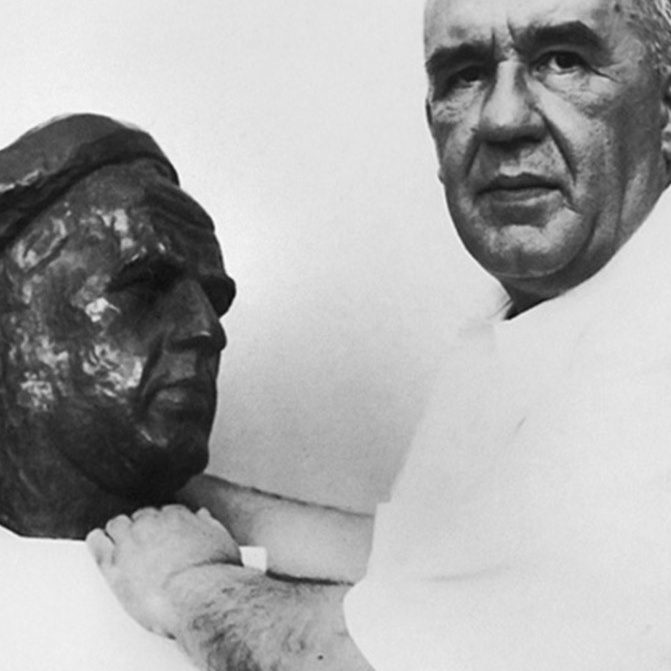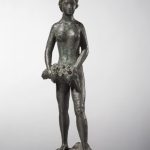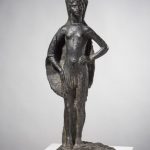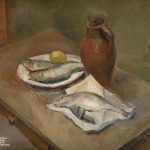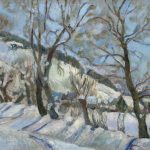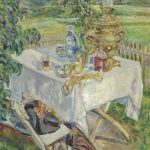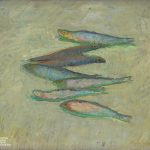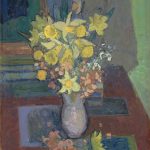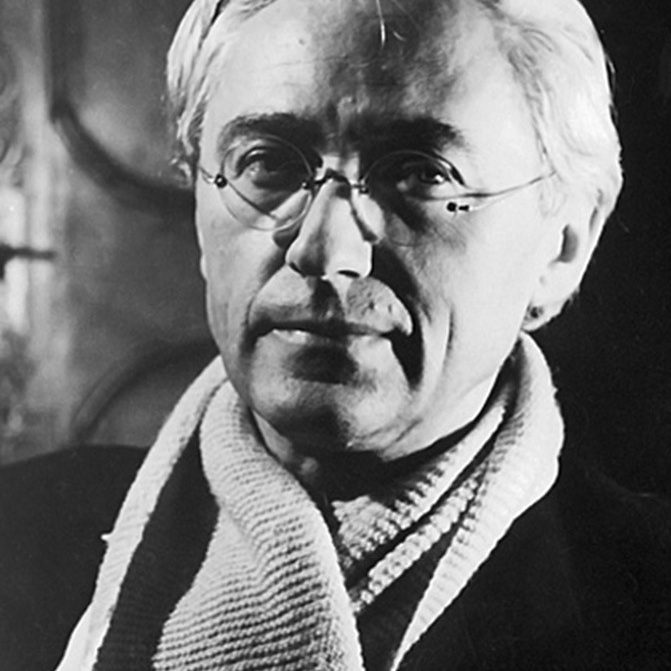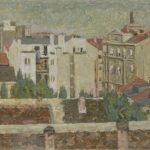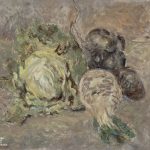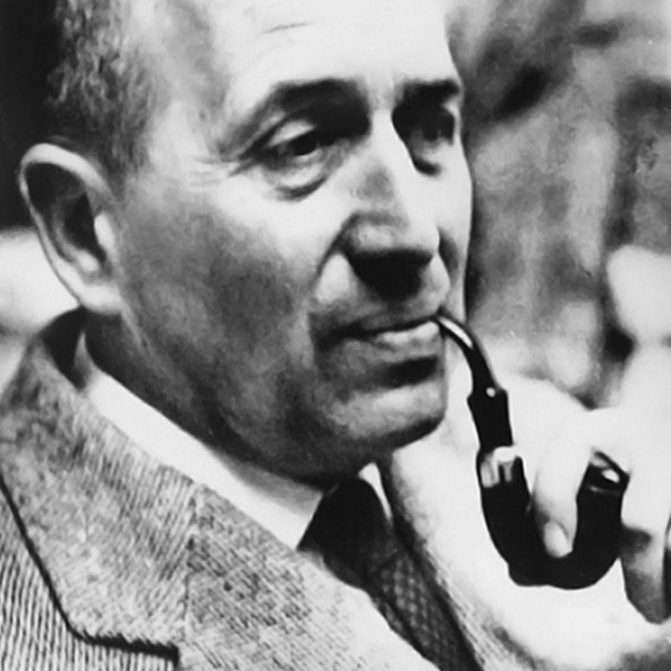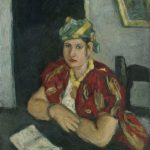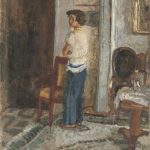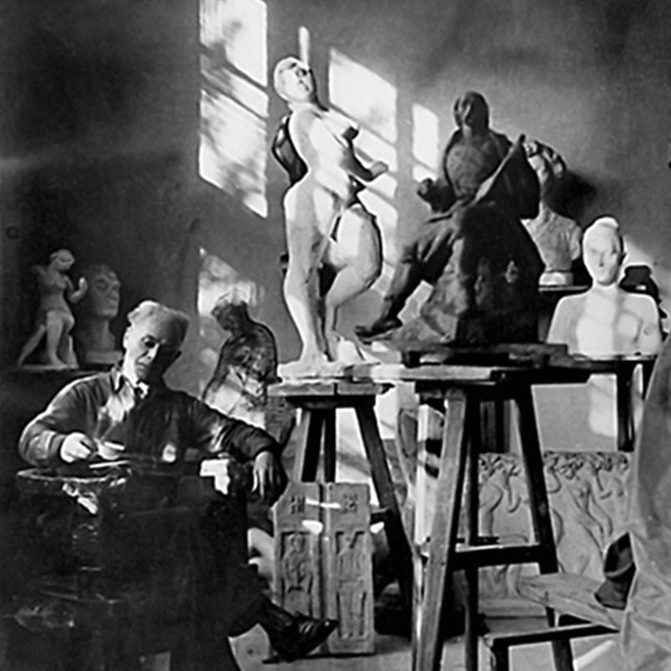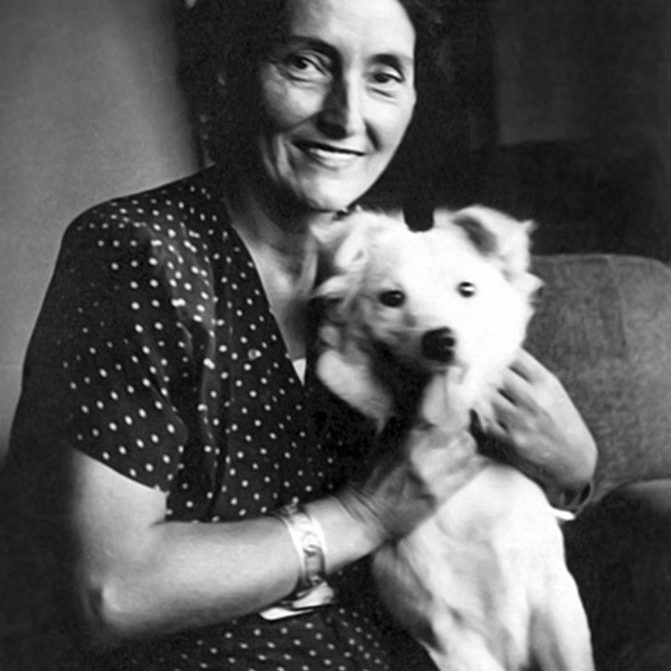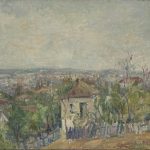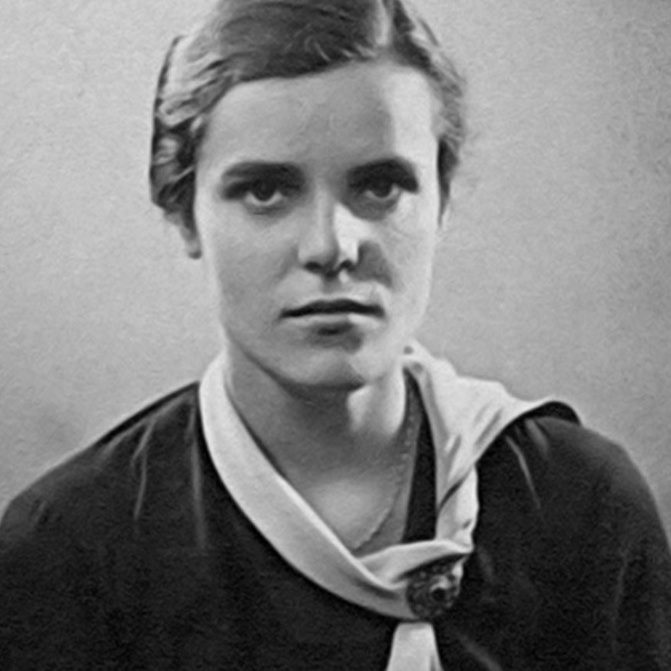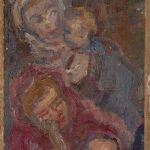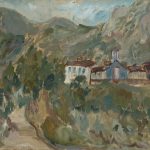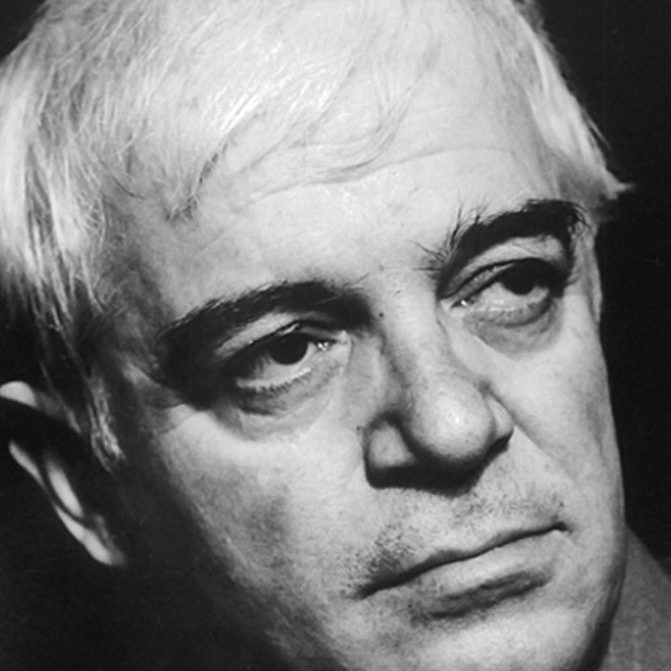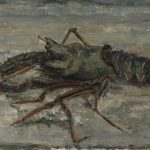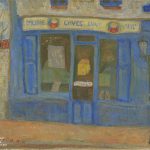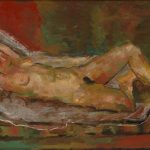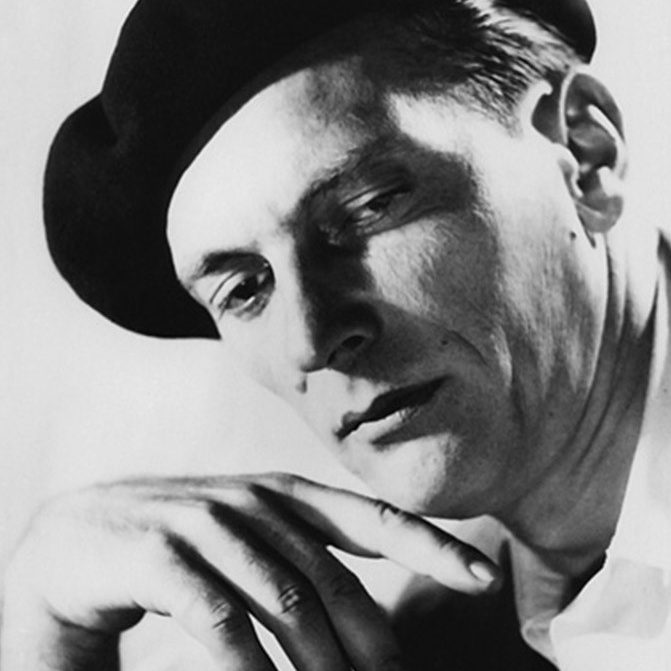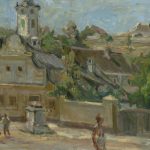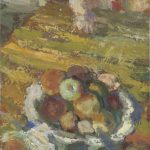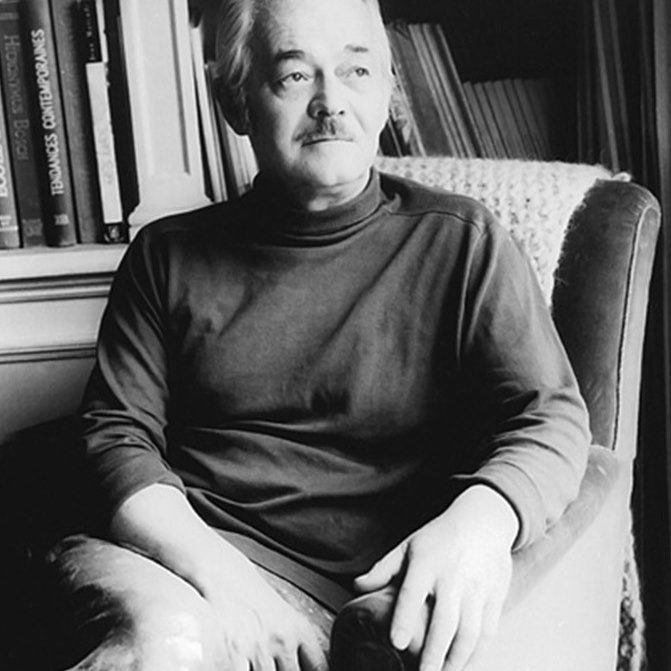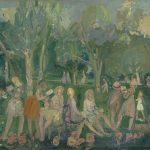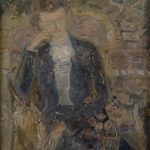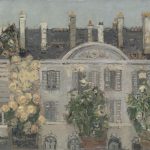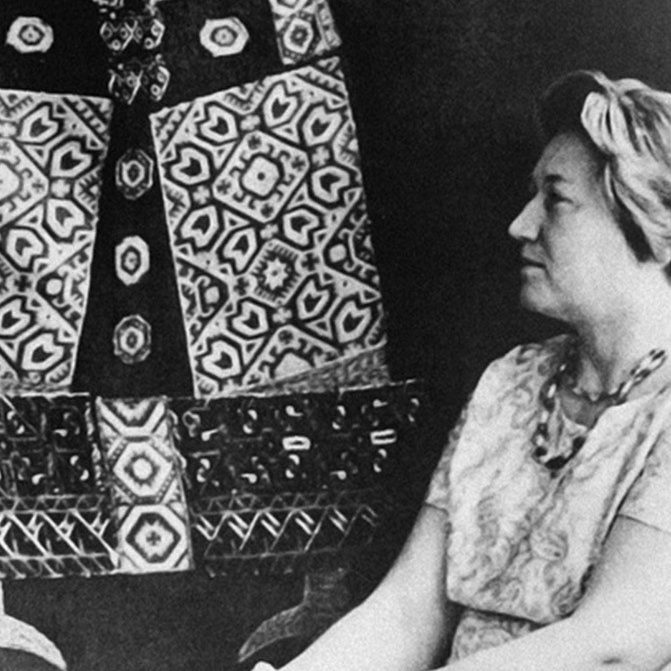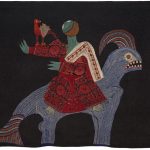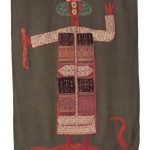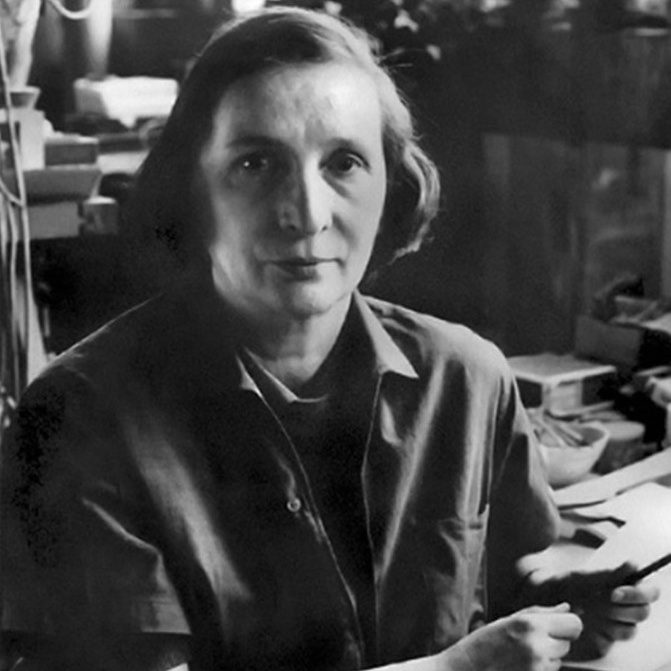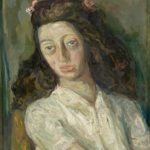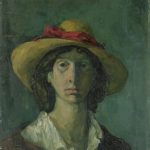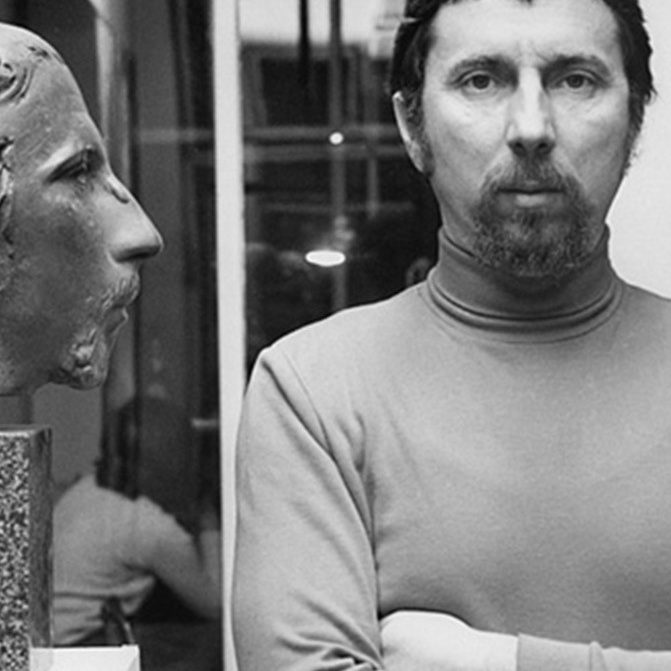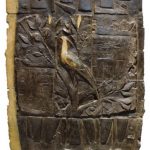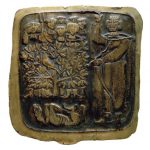The collection includes paintings, sculptures, drawings and tapestries most of which were a subject to the special Gift Agreement concluded on 18th November 1957 that administered donation of these valuable artworks to Serbian people on behalf of Pavle Beljanski who proceeded with building his collection up until the rest of his life. Among the artists in the collection, there are representatives of the first generation of Modernists (Nadežda Petrović, Milan Milovanović, Kosta Miličević), the most prominent artists from the inter-war period (Sava Šumanović, Milan Konjović, Petar Dobrović, Ivan Radović, Jovan Bijelić, Petar Lubarda, Sreten Stojanović, Risto Stijović, etc.), as well as artists whose works from the second half of the 20th century are also represented in the collection but are comparable with other pieces (Zora Petrović, Liza Križanić, Živko Stojsavljević, Milenko Šerban, Ljubica Sokić, Milica Zorić). When Pavle Beljanski focused on collecting works by domestic artists, most of them had already achieved the first significant international successes, and their impact would later be confirmed in the most important studies of Yugoslav art history of the 20th century. Pavle Beljanski wanted to include in his collection the artworks that best testify to the authenticity of national artistic expression, regardless of the influences that artists had adopted as a result of their education in different environments. In his reflections on art, Beljanski gave clear explanations about his choice of artists for the collection: “It should be noted that they did not reproduce their visual perceptions. The objective world was just an occasion for them to put their artistic experiences on the canvas, each in their own way. […] I believe that many pieces from this era are works of lasting value and that future generations will pass them on to one another.”
I spent 1001 night having these internal monologues about the complexity of fine arts phenomenon. I admit, the endeavour was too much to handle because I wanted to convey the essence of the phenomenon itself by using a single synthesis.
NADEŽDA PETROVIĆ
(Čačak, 11 October, 1873 – Valjevo, 3 April, 1915)
MILAN MILOVANOVIĆ
(Kruševac, 19/6 October, 1876 – Belgrade, 15 August, 1946)
KOSTA MILIČEVIĆ
(Vraka on Lake Skadar, 3 June, 1877 – Belgrade, 12 February 1920)
BORA STEVANOVIĆ
(Niš, 14 October, 1878 – Belgrade, 19 May, 1976)
LJUBOMIR LJUBA IVANOVIĆ
(Belgrade, 12 March, 1882 – Belgrade, 22 November, 1945)
STOJAN ARALICA
(Škare, Lika, 24 December, 1883 – Belgrade, 4 February, 1980)
JOVAN BIJELIĆ
(the village of Kolunić, the hamlet of Revenik, 30 June, 1884 – B Belgrade, 12 March, 1964)
MALIŠA GLIŠIĆ
(Baćevci, 6 November, 1886 – Niš, December 1916)
ŽIVORAD LUKIĆ
(Belgrade, 10 February, 1889 – Belgrade, 8 February, 1934)
VIDOSAVA KOVAČEVIĆ
(Belgrade, 15 May, 1889 – Belgrade, 11 September, 1913)
PETAR DOBROVIĆ
(Pécs, 14 January, 1890 – Belgrade, 27 January, 1942)
ZORA PETROVIĆ
(Dobrica, Banat, 17 May, 1894 – Belgrade, 25 May, 1962)
IVAN RADOVIĆ
(Vršac, 21 June, 1894 – Belgrade, 14 August 1973)
RISTO STIJOVIĆ
(Podgorica, 20 October, 1894 – Titograd, 20 December, 1974)
IGNJAT JOB
(Dubrovnik, 28 March, 1895 – Zagreb, 28 April, 1936)
JEFTO PERIĆ
(Gacko, 26 December, 1895 – Belgrade, 31 March, 1967)
SAVA ŠUMANOVIĆ
(Vinkovci, 22 January 1896 – Sremska Mitrovica, 30 August, 1942)
MILO MILUNOVIĆ
(Cetinje, 18 August, 1897 – Belgrade, 11 February, 1967)
ALEKSANDAR KUMRIĆ
(Kostajnica, 22 November, 1898 – Belgrade, 12 June, 1983)
MILAN KONJOVIĆ
(Sombor, 28 January, 1898 – Sombor, 20 October, 1993)
IVAN TABAKOVIĆ
(Arad, 10 December, 1898 – Belgrade, 27 June, 1977)
SRETEN STOJANOVIĆ
(Prijedor, 15 February, 1898 – Belgrade, 29 October, 1960)
KOSTA HAKMAN
(Bosanska Krupa, 22 May, 1899 – Opatija, 9 December, 1961)
ŽIVKO STOJSAVLJEVIĆ
(Benkovac, 1 October 1900 – Belgrade, 19 January, 1978)
NEDELJKO GVOZDENOVIĆ
(Mostar, 9 March, 1902 – Belgrade, 31 January, 1988)
MARKO ČELEBONOVIĆ
(Belgrade, 22 November, 1902 – Saint-Tropez, 27 July, 1986)
MIHAJLO TOMIĆ
(Kladovo, 22 February, 1902 – Belgrade, 1 February 1995)
LIZA KRIŽANIĆ
(Kosjerić, 19 March 1905 – Belgrade, 3 May 1982)
LEPOSAVA BELA ST. PAVLOVIĆ
(Belgrade, 17 August, 1906 – Belgrade, 23 April 2004)
PETAR LUBARDA
(Ljubotinje, 27 July, 1907 – Belgrade, 13 February 1974)
MILENKO ŠERBAN
(Čerević, 4 April, 1907 – Belgrade, 30 July, 1979)
PEĐA MILOSAVLJEVIĆ
(Lužnice, Kragujevac, 4 February 1908 – Belgrade, 25 January 1987)
MILICA ZORIĆ
(Split, 20 Jun, 1908 – Belgrade, 5 February, 1989)
LJUBICA CUCA SOKIĆ
(Bitolj, 9 December 1914 – Belgrade, 8 January 2009)
NEBOJŠA MITRIĆ
(Belgrade, 7 July, 1931 – Belgrade, 23 August 1989)


